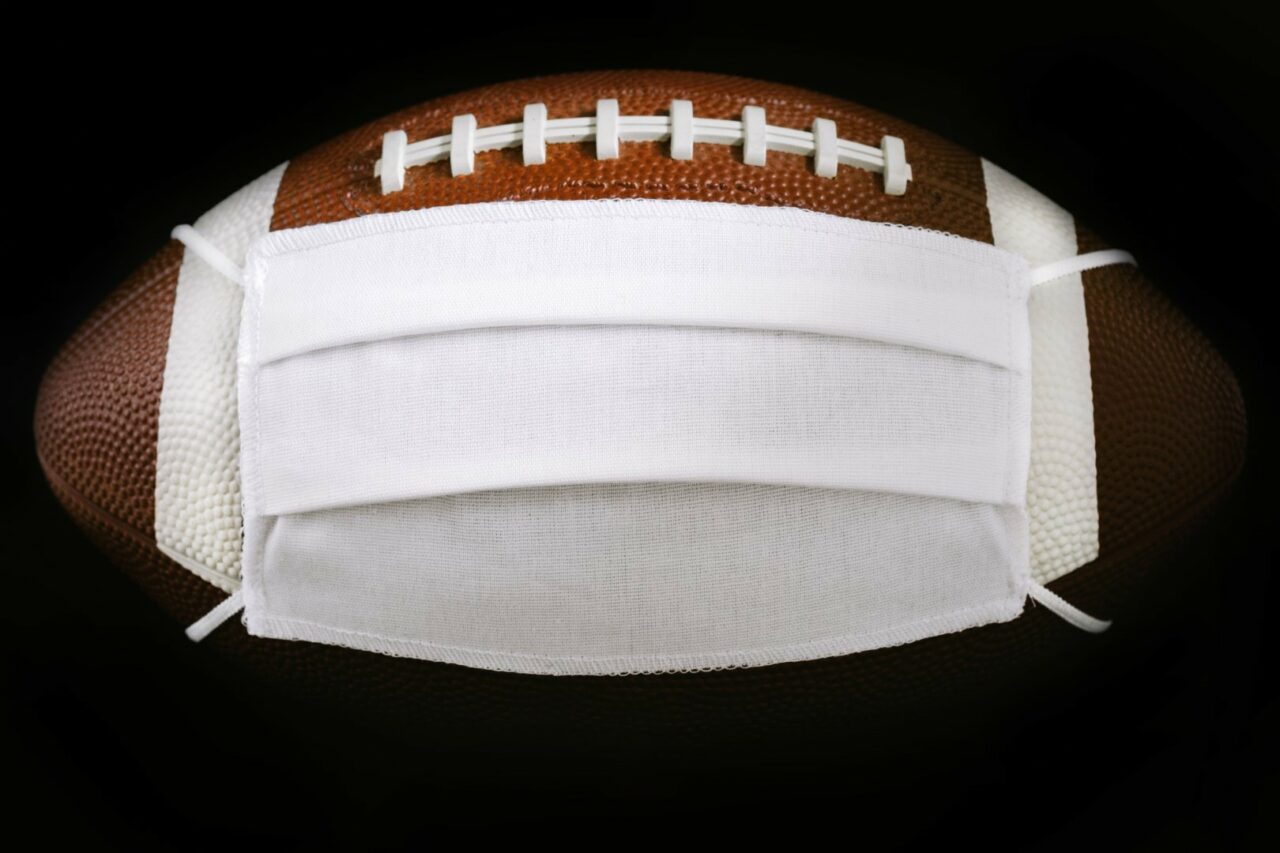
Tampa Mayor Jane Castor has signed an executive order requiring the use of face coverings outdoors within specified locations related to Super Bowl LV.
The order (2021-07) identifies the locations within the city as “Event Zones” and “Entertainment Districts.” The order goes into effect Thursday and will continue through Feb. 13.
The “Event Zones” include areas of downtown Tampa and the area surrounding Raymond James Stadium. The “Entertainment Districts” encompass the Ybor City Historic District, the South Howard Commercial Overlay District, the Central Business District and the Channel District.
“We are incredibly excited to host a fun and safe Super Bowl here in Tampa — but we need everyone to do their part,” Castor said in a news release. “We want fans to feel confident knowing that when they come out to celebrate Super Bowl LV, they can do so safely in a city that takes this pandemic seriously.”
The goal of the order is to mitigate the spread of COVID-19 at sites where crowds are likely to congregate for Super Bowl-related activities with limited ability to remain socially distanced from each other.
Exceptions to the mask order include children younger than 5, individuals outside at their personal residence and people who cannot wear a mask to perform work.
“In football terms, it’s simple — masks are the right defense. Don’t let COVID-19 intercept your ability to make unforgettable memories or keep your loved ones safe. We are grateful to the NFL and the Host Committee for being amazing partners and going above and beyond to implement strict COVID-19 safety precautions. Now, we need everyone to take personal responsibility to keep themselves, other fans and our Tampa Bay community safe.”
As the city approaches the Super Bowl, COVID-19 cases appear to be on the decline.
Wednesday, the Mayor gave an update on the state of COVID-19 in Tampa Bay, including a presentation from epidemiologist Dr. Edwin Michael, who seemed relatively comfortable about the city’s upcoming festivities. He described his expectations as “cautiously optimistic.”
Michael expects the Super Bowl to lead to a 25% decrease in the impact of social distancing efforts during the four days of festivities around the big game (Feb. 5 through Feb. 8). This will lead to a small spike, Michael projects, but the spike is not near what the area has experienced in previous months.
This is due in part to the rollout of vaccines, and of course mitigation efforts like mask-wearing and social distancing.
The upcoming Super Bowl will host 22,000 fans in Raymond James Stadium, which has a capacity of 70,000. The big game will offer free tickets to 7,500 health care workers from across the U.S. who have been vaccinated against the virus.



